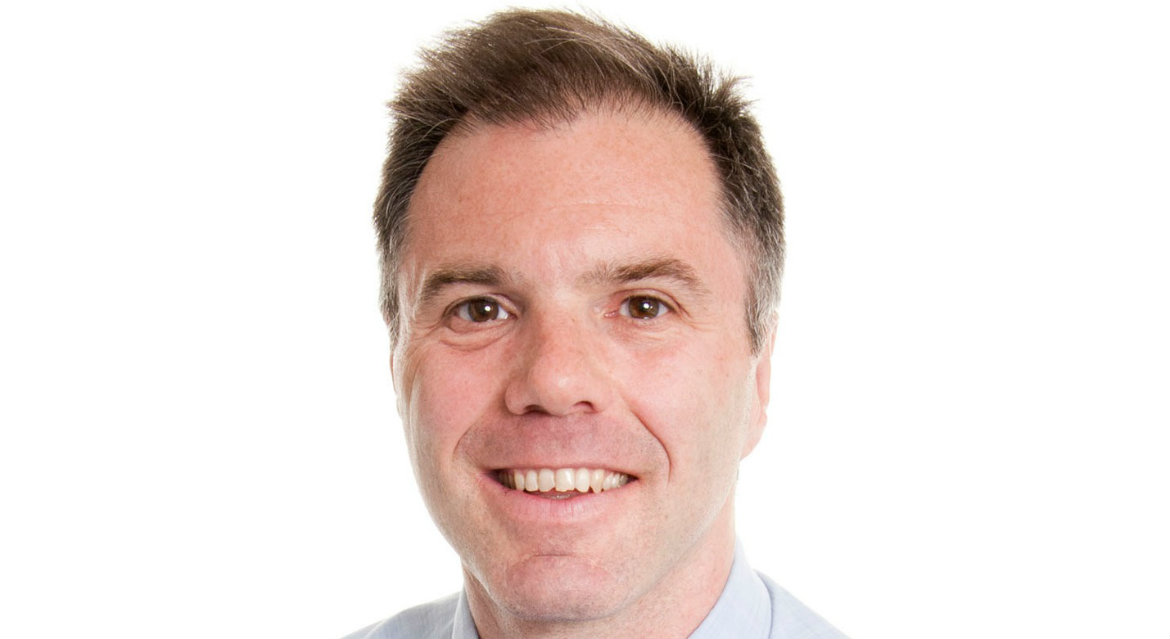UV light treatment offers better outcomes for skin disease sufferers
Published On Fri 4 Aug 2017 by Grant Hill

Routine prescribing of UV light treatment for severe skin conditions could significantly reduce the use of steroid creams and tablets while improving patient outcomes, according to new research from the University of Dundee.
Patients who experience the most severe forms of diseases such as psoriasis or eczema find their lives blighted by their conditions. Steroid creams are frequently prescribed but these can cause quite serious side effects and, in the case of bad psoriasis or eczema, can prove inadequate to bring the disease under control. In such instances patients may be referred to a dermatologist for more intensive treatment, which may take the forms of pills, injections or filtered UV light, known as phototherapy.
The Dundee team, co-led by Dr John Foerster, Dr Robert Dawe and Professor Sally Ibbotson from the University’s School of Medicine, examined the outcomes of 1800 patients with severe psoriasis who received UV treatment over a six-year period. They found that three-quarters of patients experienced significant improvements in their condition and that the need for steroid creams was reduced by 25 per cent.
Phototherapy involves safe, controlled delivery of narrow wavebands of ultraviolet radiation in specially constructed cabins. It has been known to help skin disease sufferers for decades but this study is the first to demonstrate that its use can reduce the need for steroids in the treatment of psoriasis in routine practice and not just in a short-term clinical study.
Importantly, the findings also suggest that many patients can delay or avoid altogether the need for oral or injection treatments which can cause side effects such as gastric upset, liver dysfunction and infections.
“Physicians have been using phototherapy or even direct sunlight to treat skin conditions for 50 years,” said Dr Foerster. “We know that it helps patients with psoriasis and eczema but until now we did not know that it actually causes a reduction in the use of steroid creams and can reduce the need for patients to have their conditions controlled by tablets or injections. These can work very well but can also have a downside.
“The form of treatment we are talking about is targeted, non-dangerous exposure to filtered light to treat skin conditions that are so severe that they can’t be contained with creams. We were able to exploit a uniquely complete set of anonymised prescribing records that exists in Tayside and found that there was a very significant reduction in the amount of steroid cream prescribed to people who underwent phototherapy for up to 12 months after their treatment.”
Access to phototherapy across the UK largely depends on a patient’s location. Scotland is relatively well served with access to phototherapy thanks to Photonet, a nationwide managed clinical network governance scheme for phototherapy. This facilitates quality control and ensures patient safety but other areas are not so comprehensively covered. Dr Foerster says while there are many reasons for this, providing or extending access to this treatment would benefit many patients.
“Sadly phototherapy is not equally available around the UK,” he said. “Whereas in Tayside and some other health boards you can generally expect a 2-6 week waiting time for treatment, in other areas this can be 3-6 months. What we see in these instances is that doctors are understandably unwilling to leave their patients without treatment for this period and so may prescribe pills instead to offer them some relief.
“Tablet treatments can be effective and safe with proper monitoring but it would be fantastic if everyone had the opportunity to try something that circumvents the need for any laboratory monitoring in the first place.
“There are other risks resulting from a lack of access to phototherapy. Sufferers of psoriasis or eczema may take matters into their own hands and seek out a sun-filled holiday or use sun beds. I have seen this on several occasions and it brings with it the many well-known dangers arising from skin exposure.
“One of the main stumbling blocks is that it is seen to be inconvenient for patients to travel to treatment. The success of satellite clinics, home phototherapy and self-treatment facilities in rural areas of Tayside, however, shows how successful strategies can be developed and implemented. We would like to see these replicated across the UK.”
The research is published in the latest edition of the journal PLOS ONE and can be viewed at http://journals.plos.org/plosone/article?id=10.1371/journal.pone.0181813.
For media enquiries contact:
Grant Hill
Press Officer
University of Dundee
Nethergate, Dundee, DD1 4HN
Tel: +44 (0)1382 384768
Mobile: 07854 953277
Email: g.hill@dundee.ac.uk